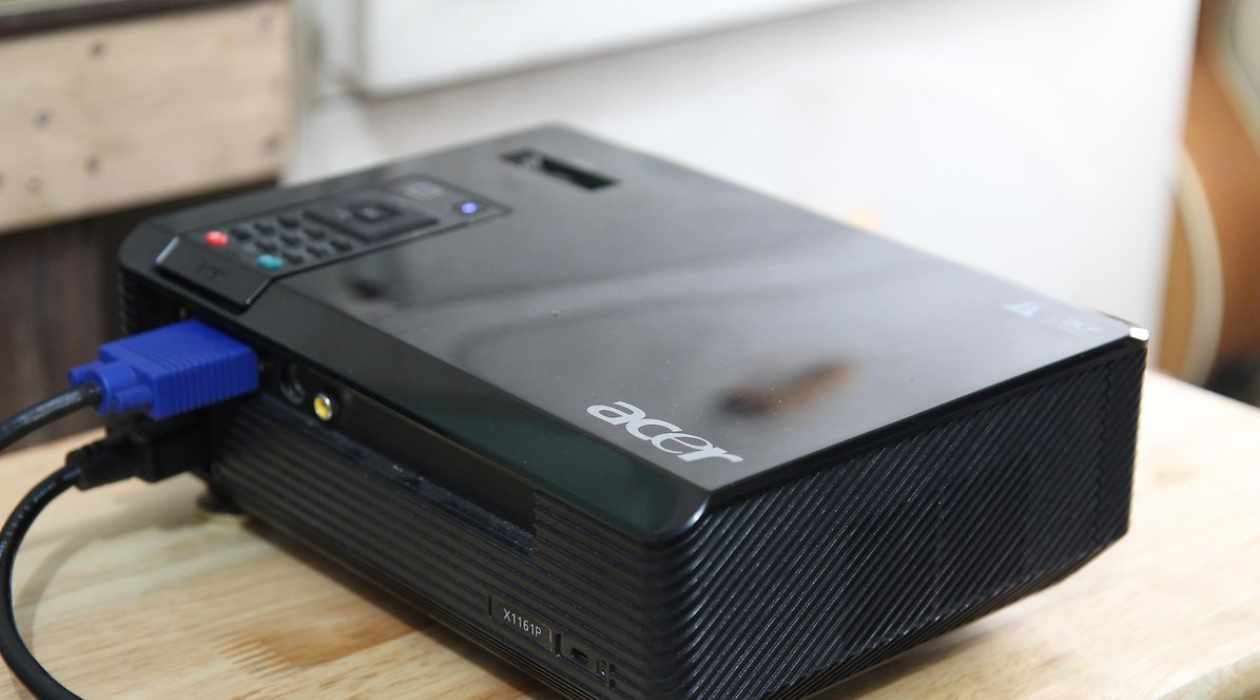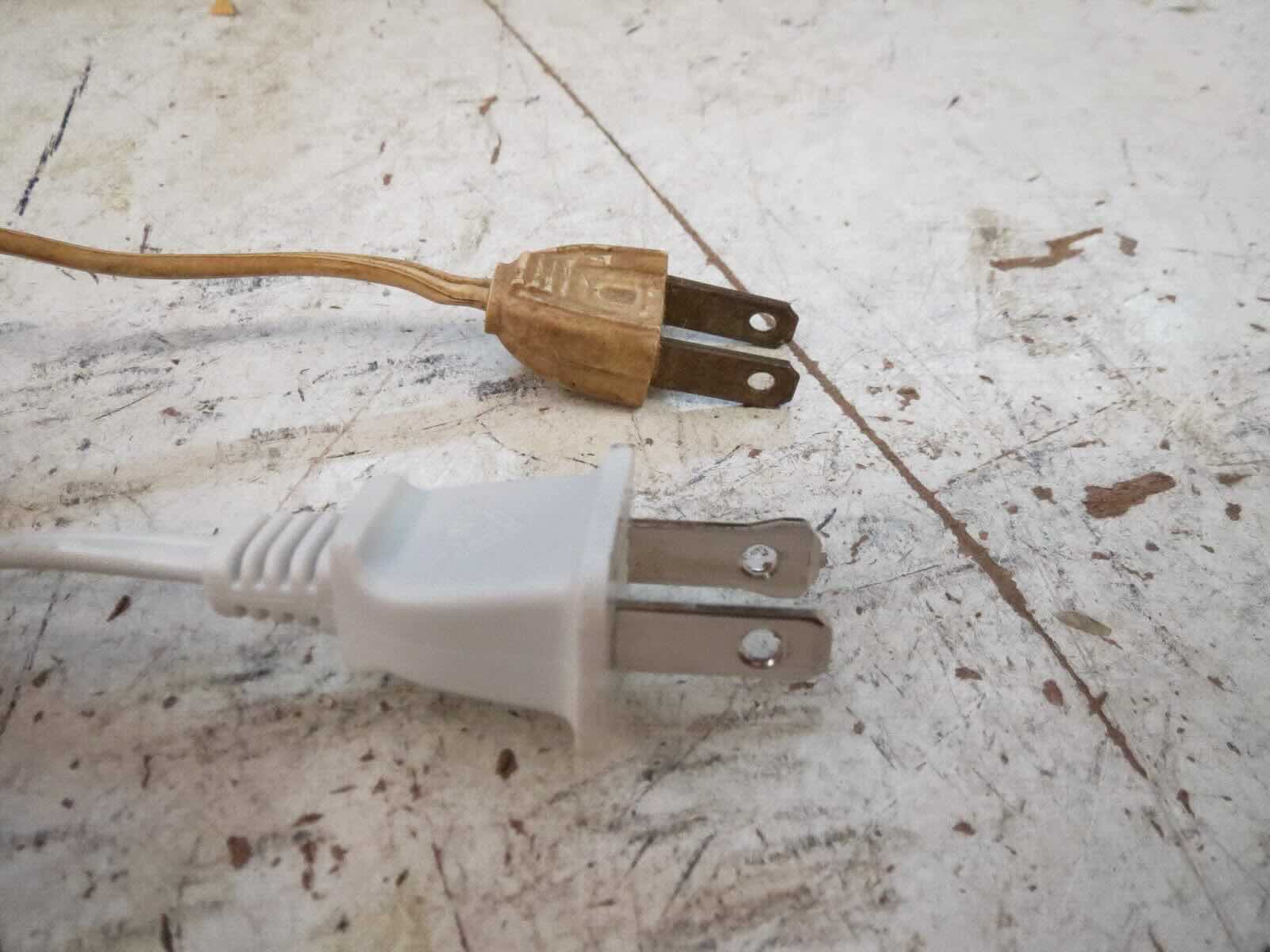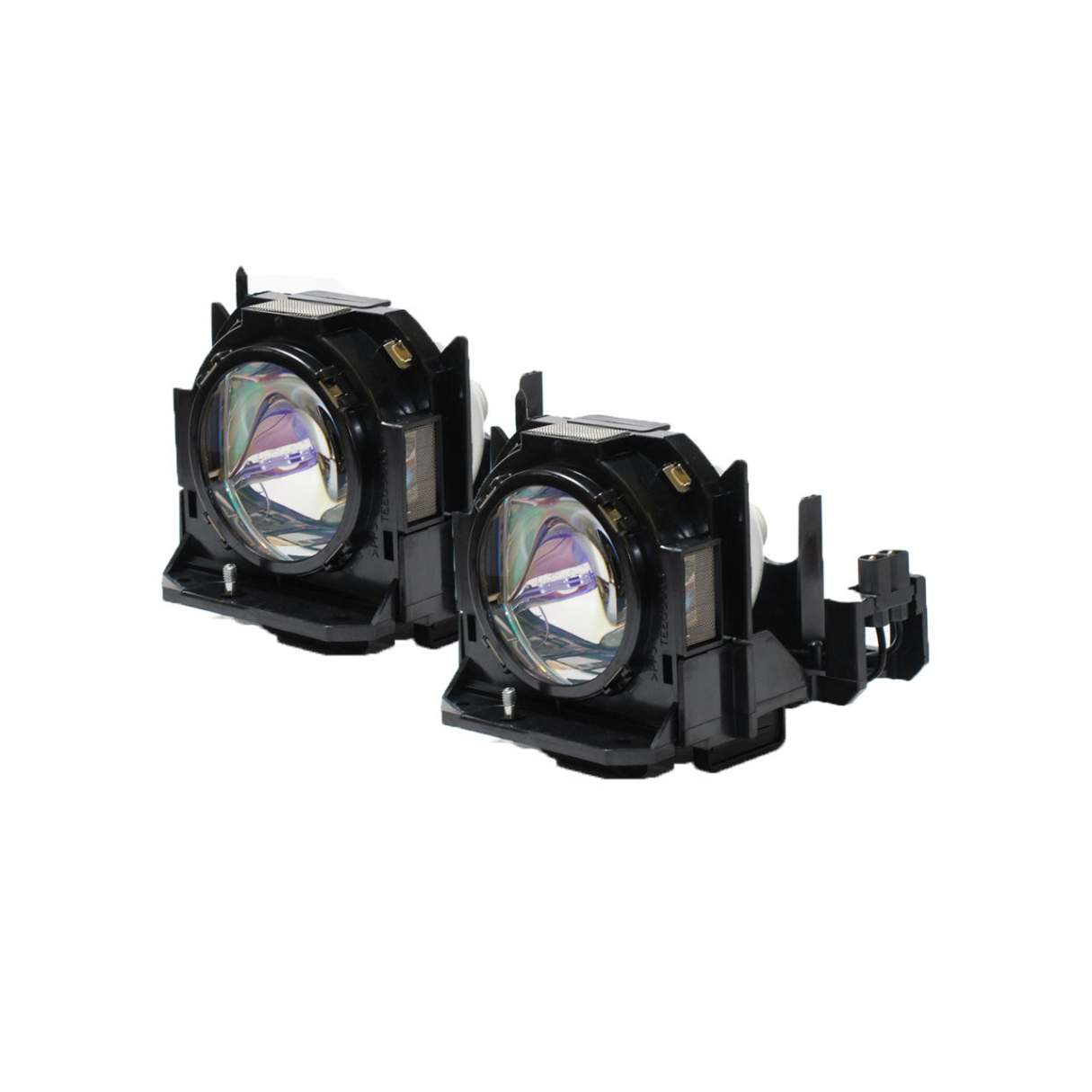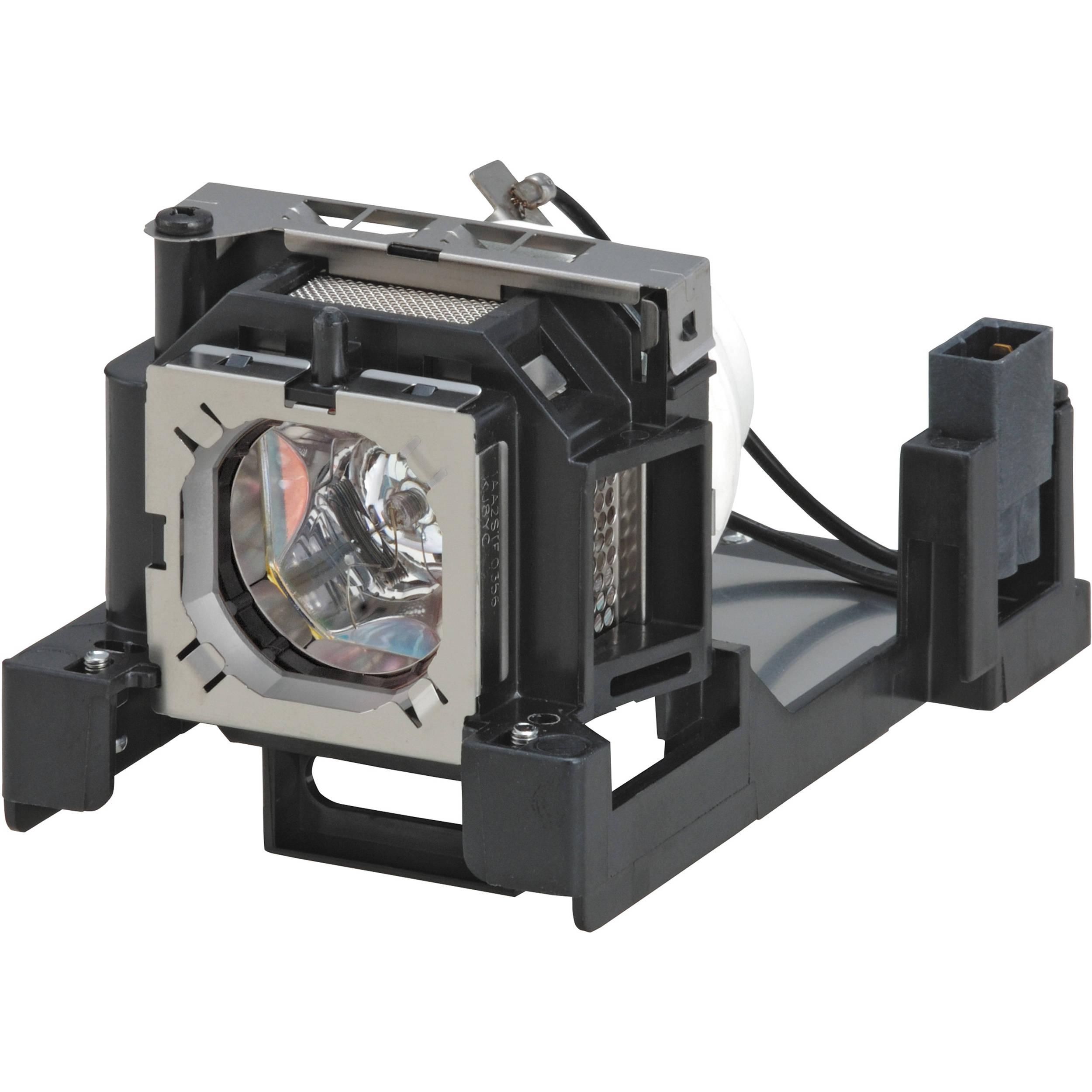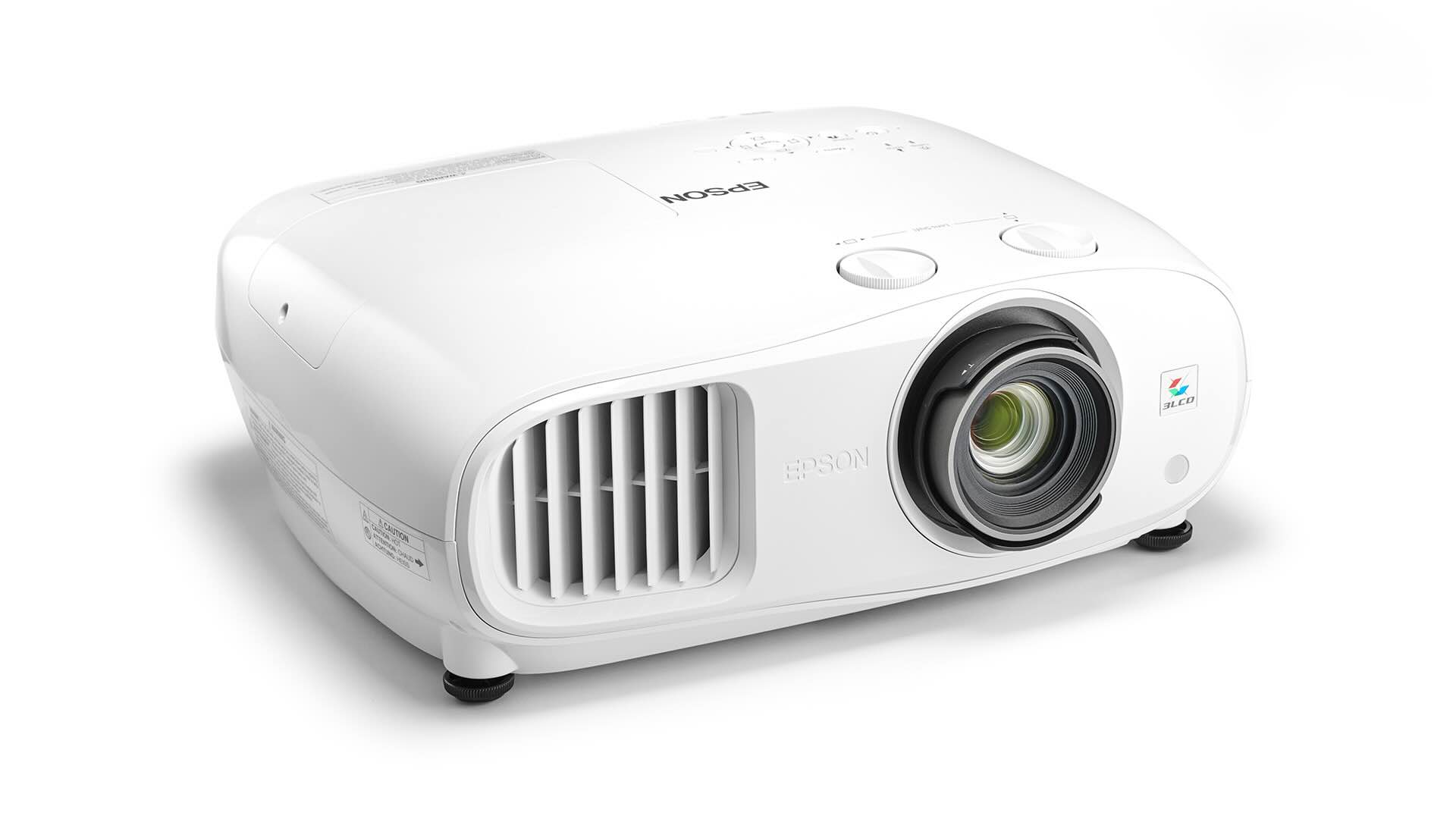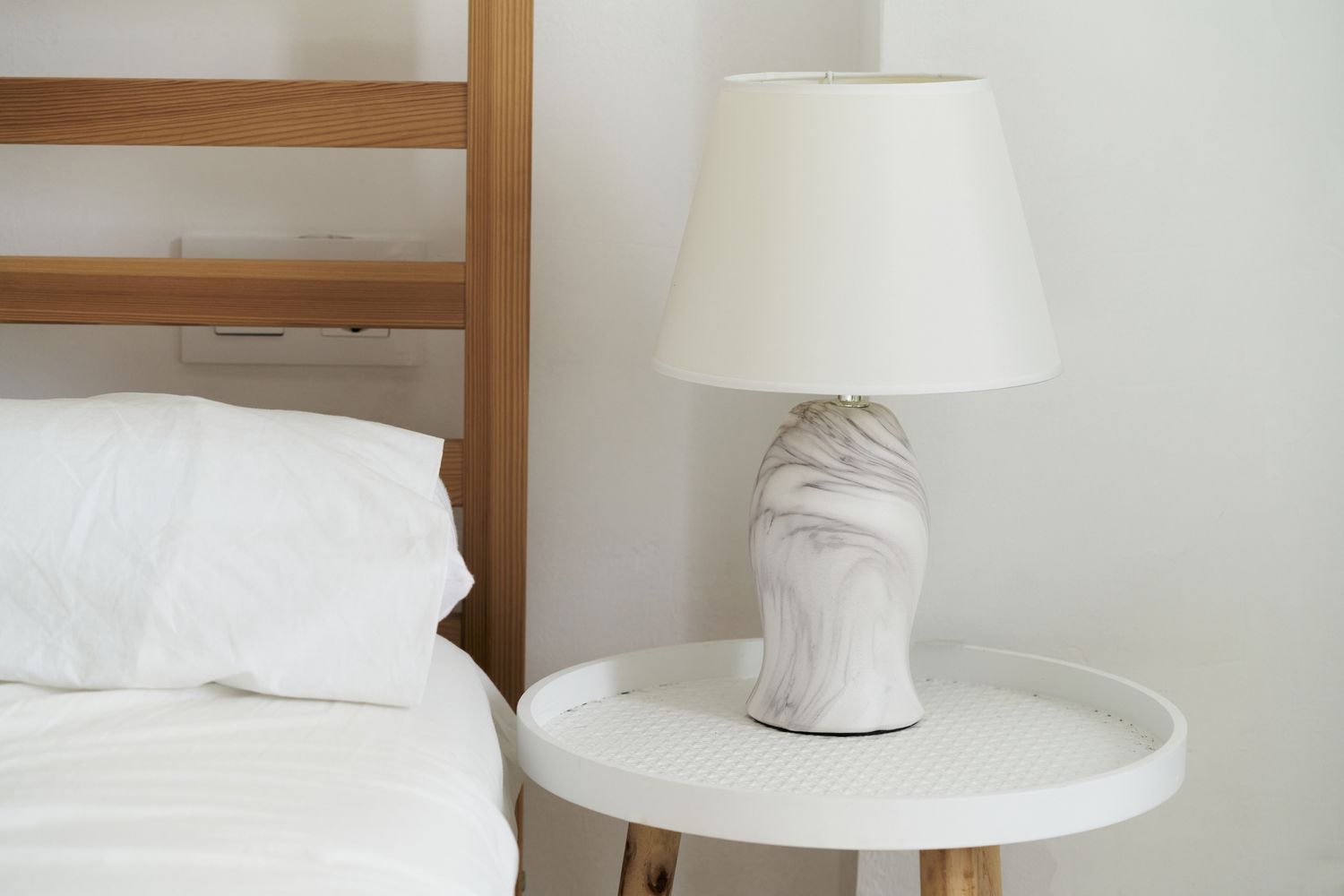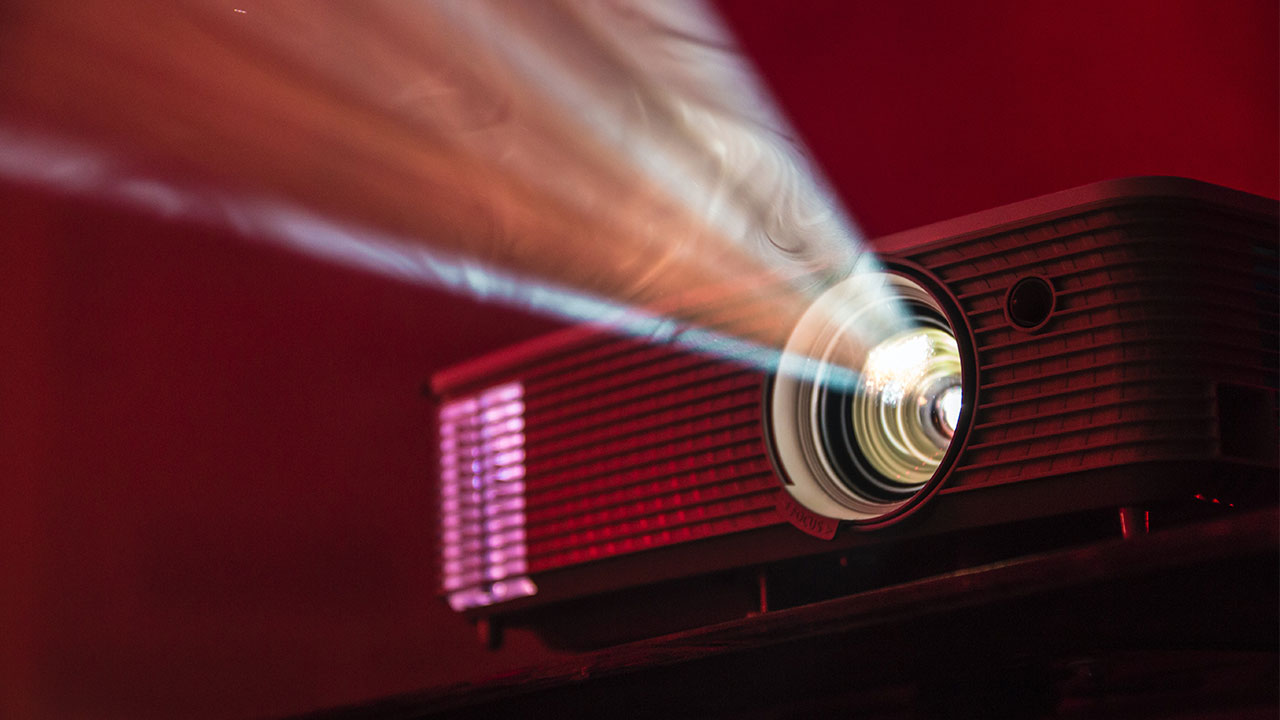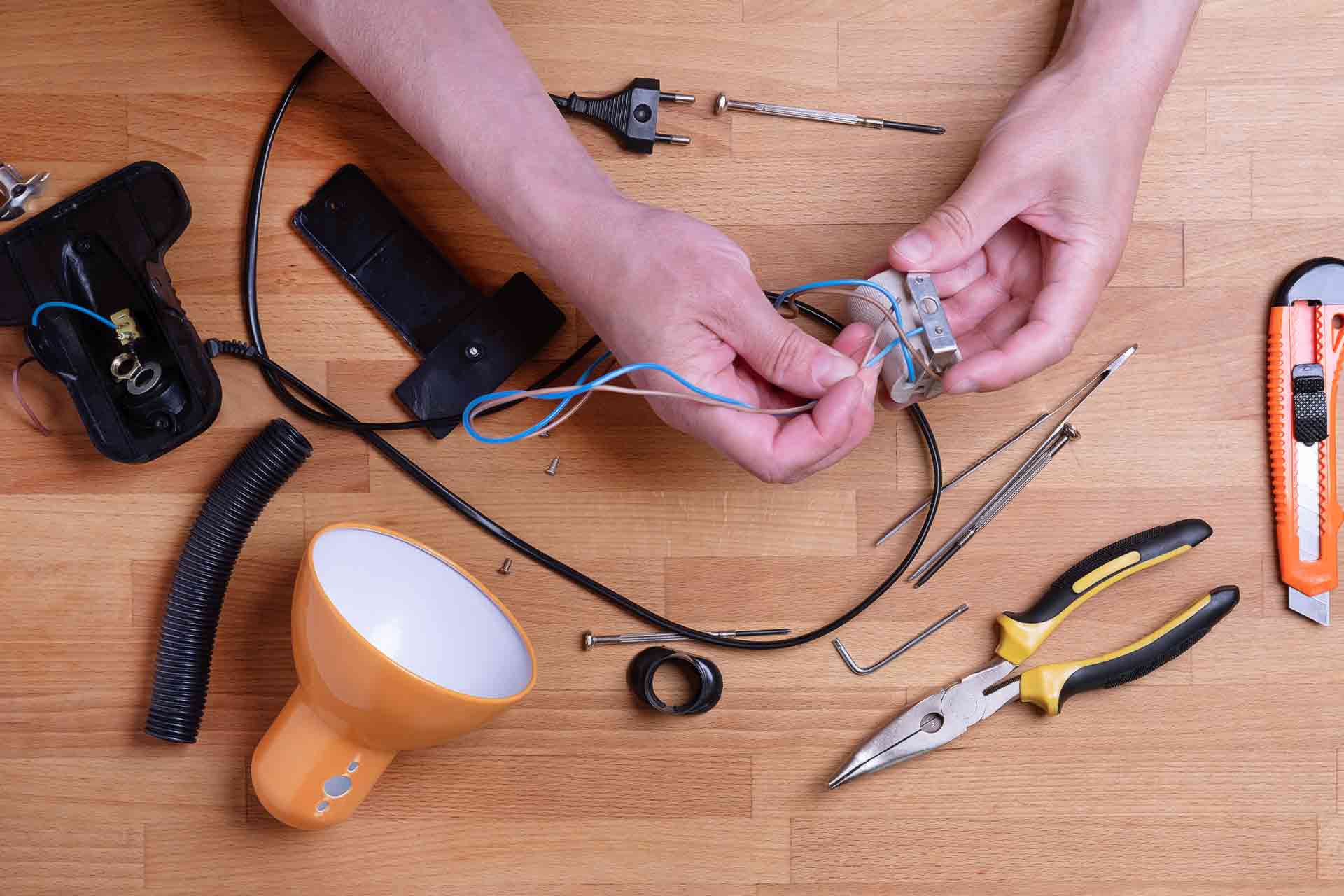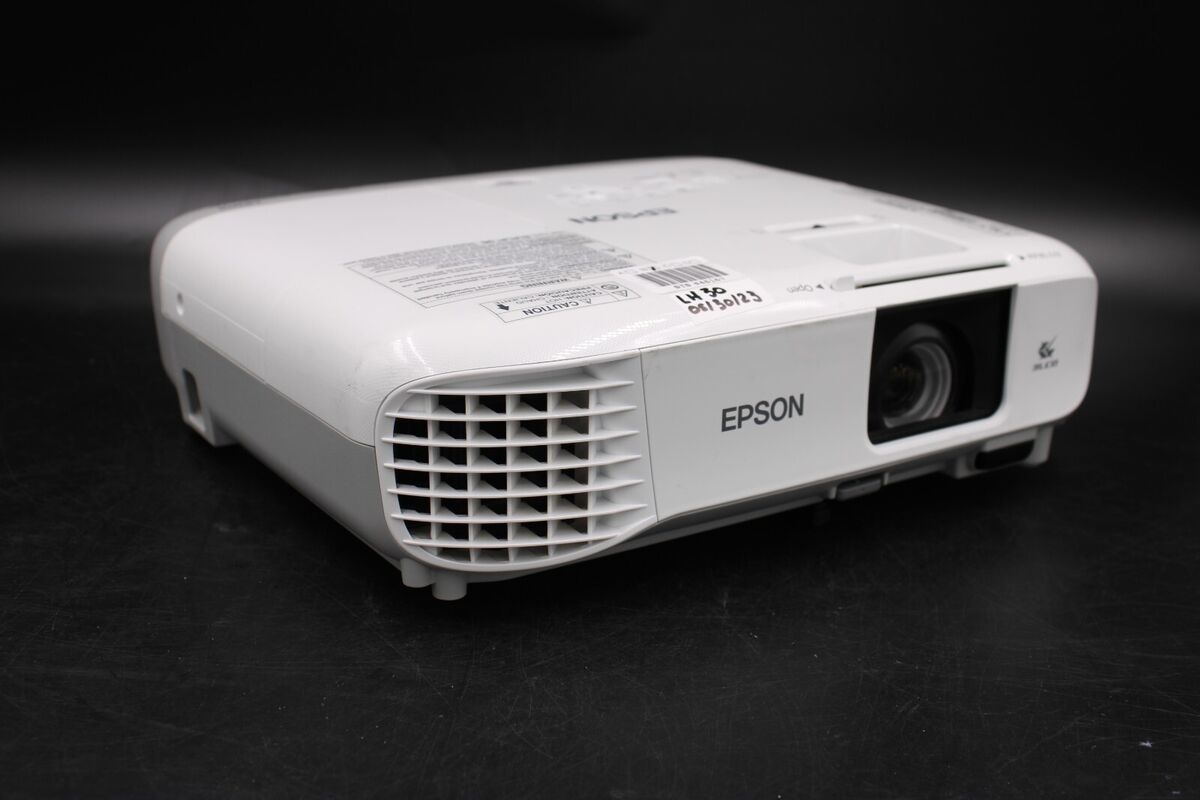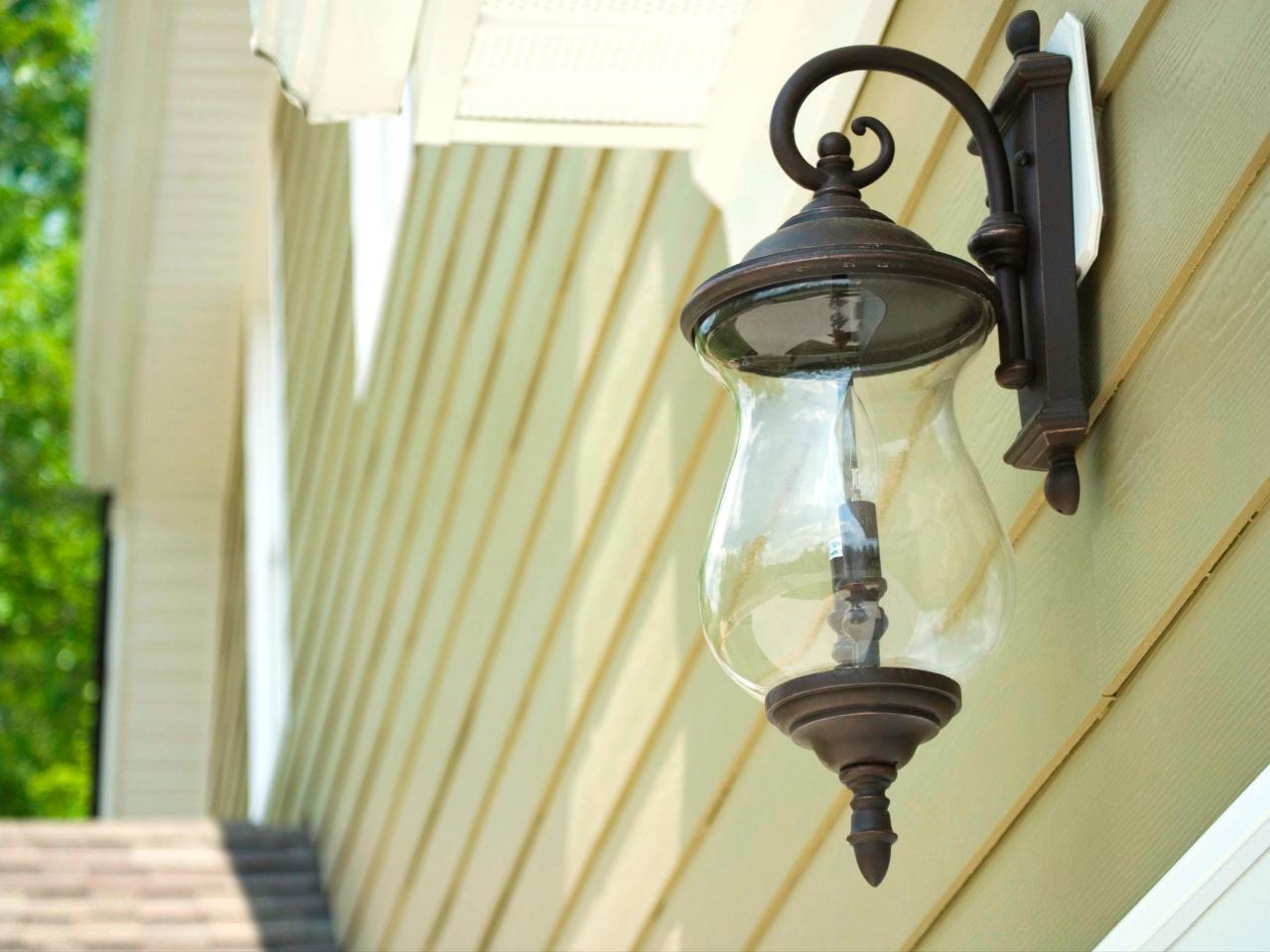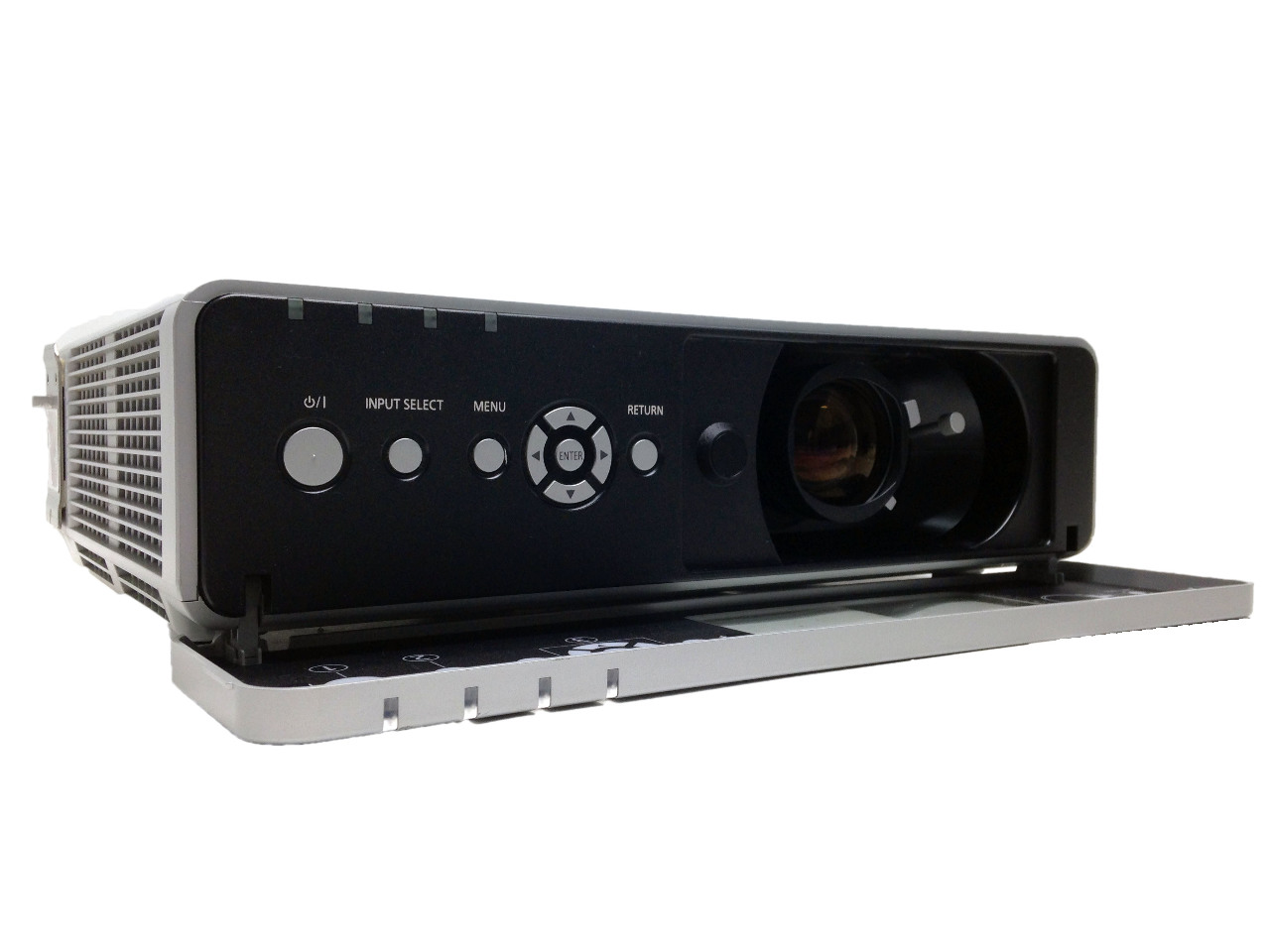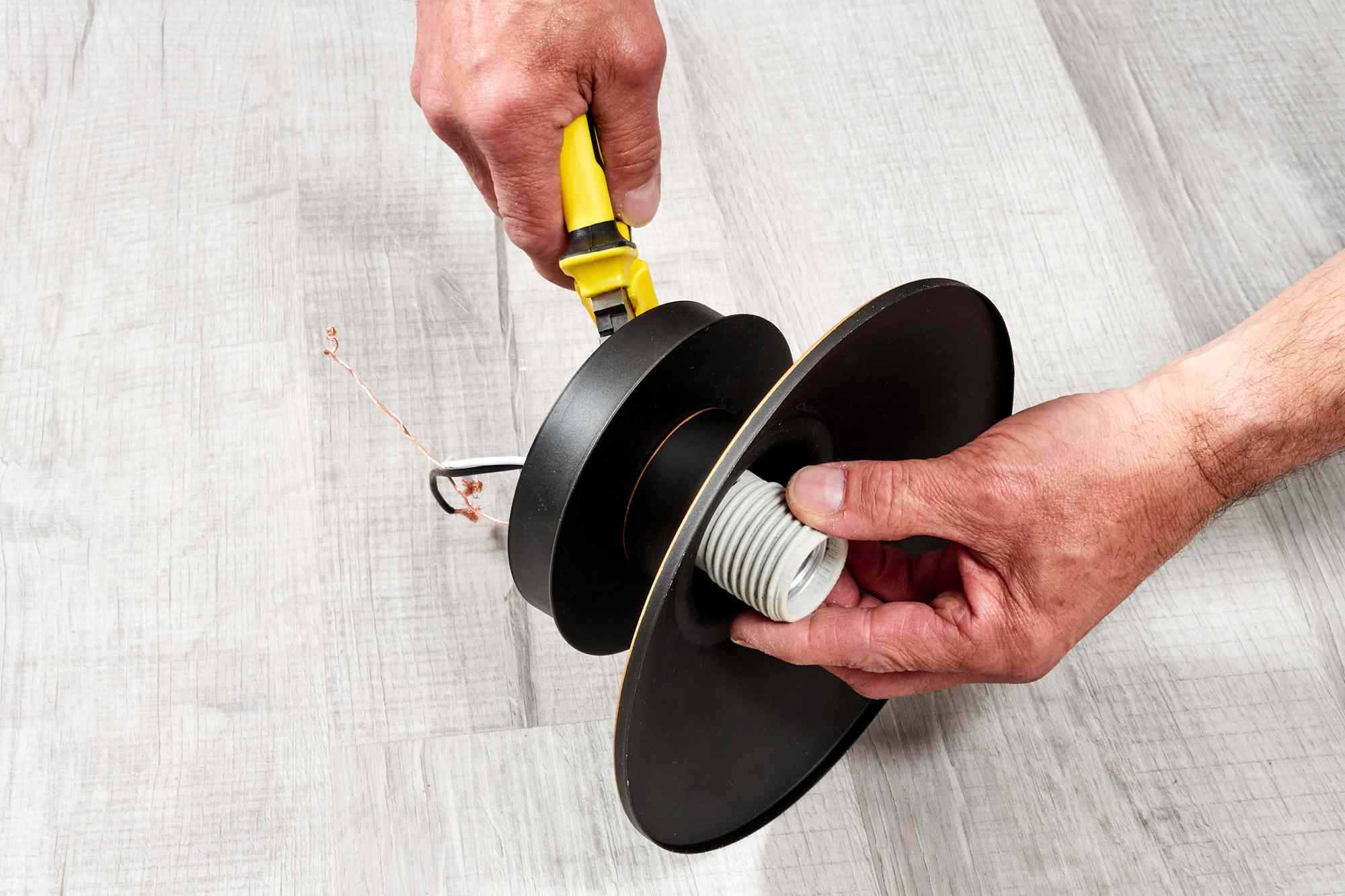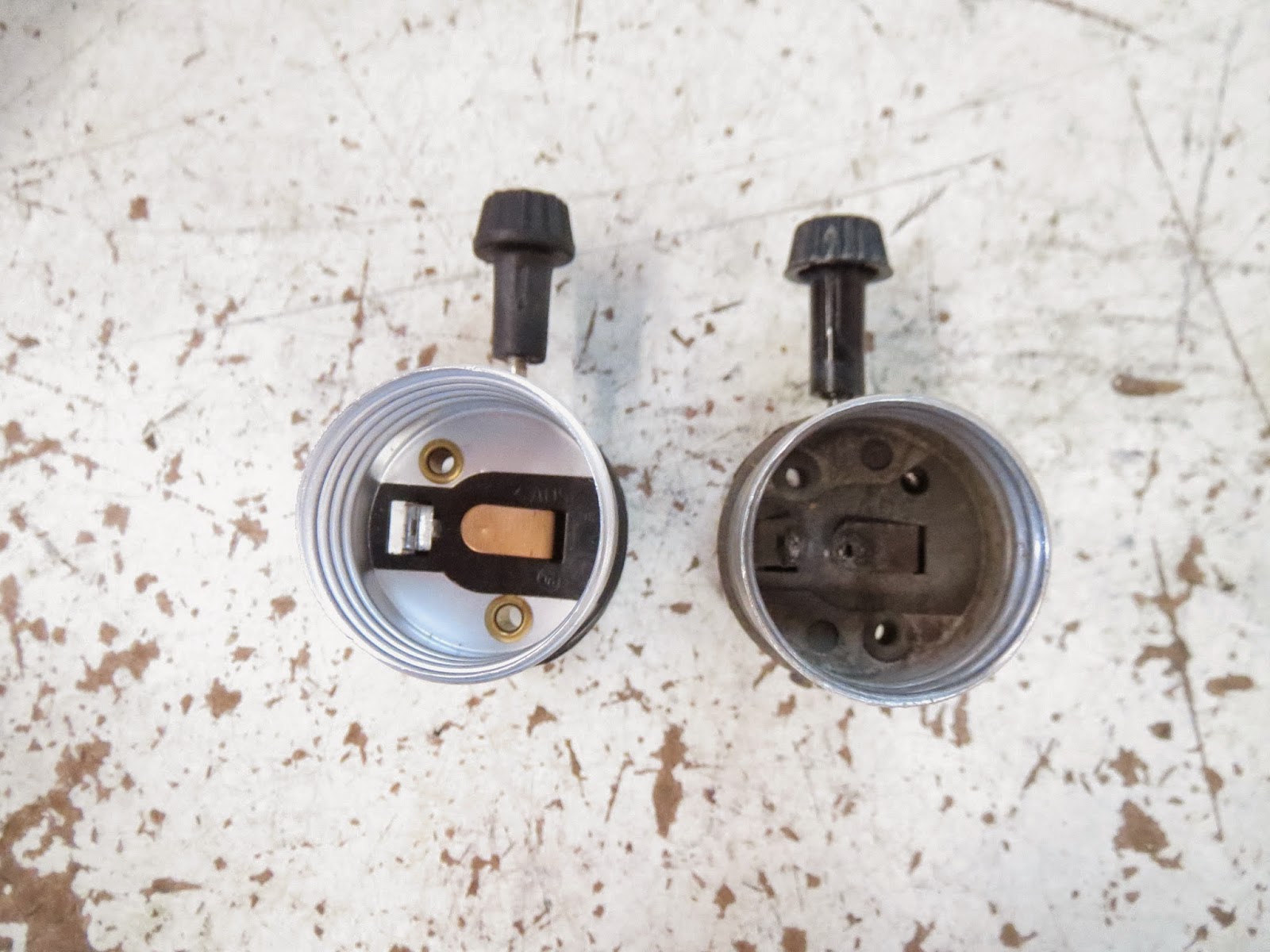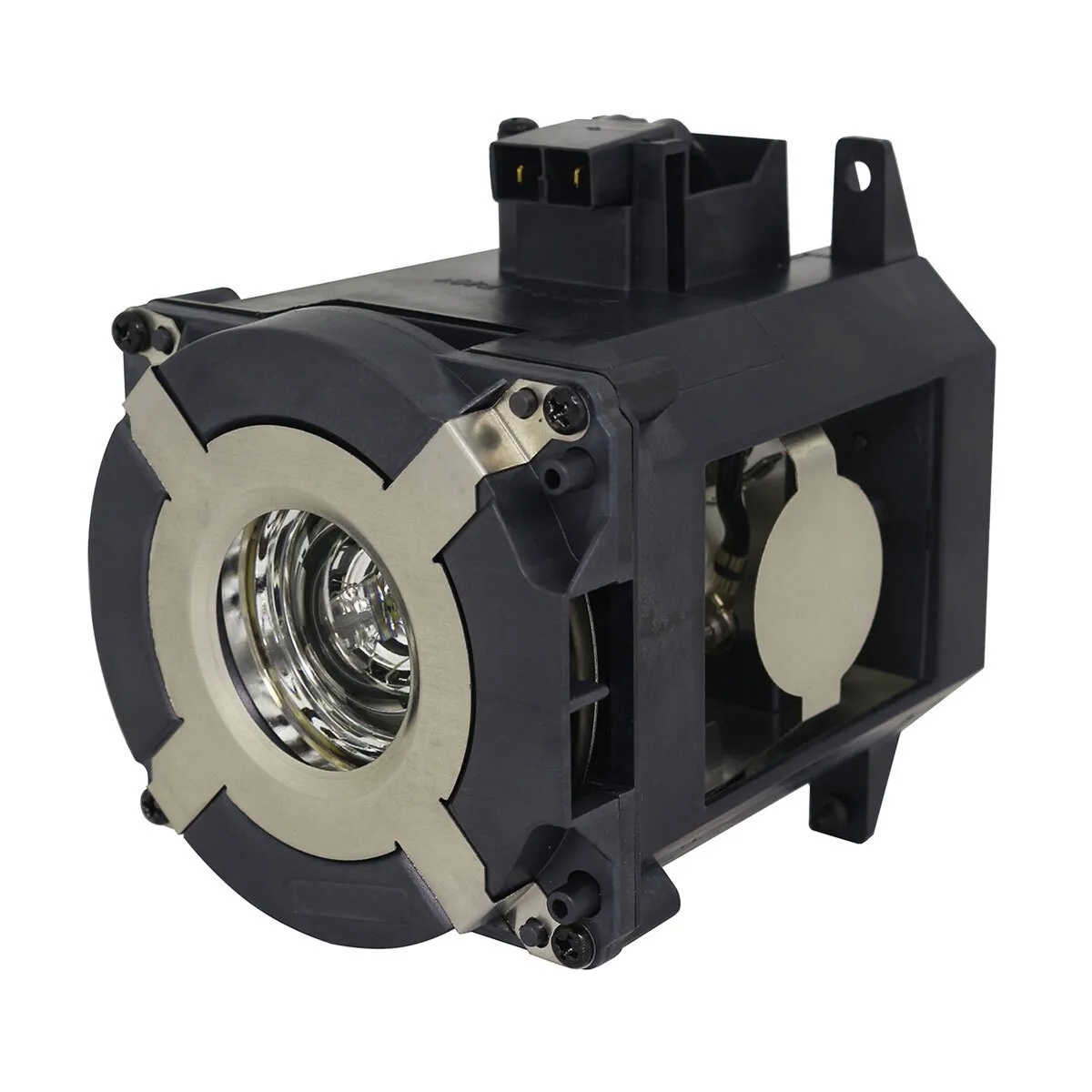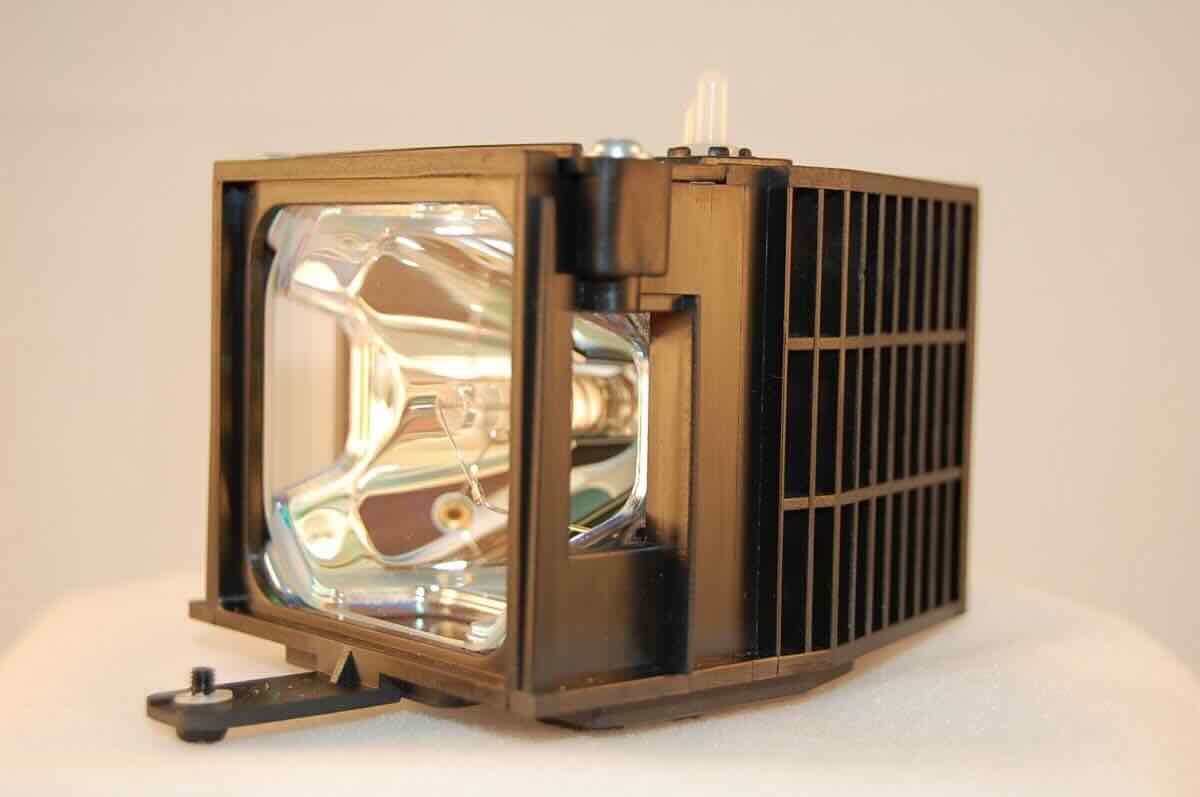

Furniture
How To Replace A Projector Lamp
Modified: February 26, 2024
Learn how to replace a projector lamp easily with our step-by-step guide. Transform your home theater experience with our reliable furniture-grade lamps.
(Many of the links in this article redirect to a specific reviewed product. Your purchase of these products through affiliate links helps to generate commission for Storables.com, at no extra cost. Learn more)
Introduction
Furniture is not just a functional item in our homes; it also plays a vital role in enhancing the aesthetics and comfort of our living spaces. Whether it’s a cozy sofa, a stylish dining table, or a sturdy bed frame, furniture is an essential part of our everyday lives. However, like any other item, furniture may need to be replaced or repaired over time due to wear and tear.
One of the common furniture items that may require attention is the projector lamp. Projector lamps are an integral component of projectors that produce the necessary light for displaying images and videos on a large screen. Over time, projector lamps can lose their brightness and, eventually, burn out. Replacing a projector lamp is a relatively simple task that can be done by following a few easy steps.
In this article, we will guide you through the process of replacing a projector lamp. We will discuss the tools and materials required, the steps involved in safely replacing the lamp, and tips for proper disposal of the old lamp. Whether you are a homeowner interested in DIY projects or a business owner in need of maintaining your office equipment, this guide will provide you with the necessary knowledge to successfully complete the task.
Before we dive into the process, it’s important to note that different projectors may have slightly different lamp replacement procedures. It’s highly recommended to consult the user manual of your specific projector model for detailed instructions. Additionally, ensure that you are purchasing the correct replacement lamp for your projector to guarantee compatibility and optimal performance.
Now, let’s get started by gathering the necessary tools and materials for the task.
Key Takeaways:
- Replacing a projector lamp is a straightforward DIY task that requires proper tools, caution, and attention to detail. Following the step-by-step guide ensures optimal performance and a longer lifespan for your projector.
- Proper disposal of the old lamp is crucial for environmental responsibility. Research local regulations, find recycling centers, and handle the old lamp with care to minimize the impact of electronic waste.
Read more: How To Replace A Projector Lamp
Step 1: Gather the necessary tools and materials
Before you begin replacing the projector lamp, it’s essential to gather all the required tools and materials to ensure a smooth and efficient process. Here are the items you’ll need:
- Replacement lamp: Purchase a compatible replacement lamp for your specific projector model. Check the user manual or the manufacturer’s website for the correct lamp part number.
- Screwdriver: Depending on your projector’s design, you may need a Phillips or flathead screwdriver to remove the lamp cover or secure the lamp in place.
- Cloth or gloves: Grab a clean, lint-free cloth or wear gloves to avoid touching the lamp surface directly. Skin oils can affect the lamp’s performance and lifespan.
- Static-free gloves: If you don’t have gloves, consider using static-free gloves to prevent electrostatic discharge that could damage the lamp or other sensitive components.
- Compressed air: Use compressed air or a can of compressed air to remove any dust or debris that may have accumulated inside the projector during the lamp replacement process.
- Cleaning solution: In case the projector’s lens or filters require cleaning, keep a suitable cleaning solution and a soft, lint-free cloth on hand.
Having these tools and materials ready before you start will save you time and prevent any interruptions during the lamp replacement process. Once you have everything you need, make sure the projector is turned off and unplugged before proceeding to the next step.
Now that you have all the necessary tools and materials, let’s move on to the second step: turning off and unplugging the projector.
Step 2: Turn off and unplug the projector
Before you begin replacing the projector lamp, it’s crucial to ensure the projector is turned off and safely unplugged from any power source. This step is important to avoid any electrical accidents and to protect yourself and the equipment.
To turn off the projector, locate the power button on the device or use the remote control that came with it. Press the power button or use the appropriate remote control function to shut down the projector. Wait for the device to power down completely, ensuring that the cooling fan has stopped running and the lamp has cooled down.
After turning off the projector, unplug it from the power outlet or disconnect it from the power supply. This step is necessary to prevent any accidental electrical shock while working on the lamp replacement. Also, make sure to create a clear and safe working space around the projector to avoid any obstructions or distractions during the process.
Remember, safety should always be a top priority. By turning off and unplugging the projector, you are taking the necessary precautions to protect yourself and the equipment. Once you’ve ensured that the projector is powered down and safely disconnected, you’re ready to move on to the next step: removing the old lamp.
Step 3: Remove the old lamp
With the projector turned off and unplugged, you can now proceed to remove the old lamp. Follow these steps to safely remove the lamp:
- Locate and remove the lamp cover: Most projectors have a lamp cover that needs to be removed before accessing the lamp. Refer to the user manual or examine the projector to locate the cover. It is usually secured with screws or latches. Use the appropriate tool, such as a screwdriver, to remove the screws or release the latches and carefully remove the cover.
- Identify the lamp assembly: Inside the projector, you will see the lamp assembly connected to a socket or housing. Take note of how the lamp is positioned and secured in place.
- Disconnect the lamp: Depending on the design of the projector, the lamp may be connected by wires or a connector. Gently disconnect the lamp from the socket or unplug the connector. Be cautious and avoid any excessive force or pulling to prevent damage to the lamp or the connector.
- Remove the lamp: With the lamp disconnected, you can now remove it from the projector. Carefully lift the lamp out of its position, taking care not to touch the lamp with bare hands or fingertips. If you accidentally touch the lamp, clean it with a clean, lint-free cloth or wipe it with alcohol to remove any oil residue.
Handle the old lamp with care as it may be fragile and contain mercury or other harmful substances. It’s crucial to follow proper disposal guidelines for used projector lamps to protect the environment and comply with regulations.
Once you have successfully removed the old lamp, proceed to the next step: inserting the new lamp.
Step 4: Insert the new lamp
Now that you have removed the old lamp from the projector, it’s time to insert the new lamp. Follow these steps to ensure a proper installation:
- Prepare the new lamp: Take the new lamp out of its packaging and handle it with caution, avoiding touching the lamp surface directly. If necessary, wipe the lamp with a clean, lint-free cloth or alcohol wipe to remove any fingerprints or dirt.
- Align the new lamp: Carefully align the new lamp with the lamp socket or housing inside the projector. Make sure it is oriented correctly, following any guides or markings on the projector. Avoid applying excessive force when inserting the lamp to prevent damage.
- Connect the lamp: Once the lamp is aligned, gently connect it to the socket or plug in the connector, ensuring a secure connection. Take care not to twist or bend any wires or connectors during the process.
- Secure the lamp: Depending on your projector’s design, you may need to secure the lamp in place using screws or latches. Consult the user manual or examine the projector to determine the proper method of securing the lamp. Use the appropriate tools to tighten any screws or secure any latches, ensuring the lamp is held firmly in place.
- Reinstall the lamp cover: After securing the lamp, carefully reinstall the lamp cover that you removed in Step 3. Align it correctly and fasten any screws or latches to securely close the cover. This will help to protect the lamp and ensure proper functioning of the projector.
Take your time while inserting the new lamp to ensure a proper fit and alignment. If you encounter any difficulties or uncertainties during the process, refer to the user manual or consult the manufacturer for further guidance.
With the new lamp securely inserted in the projector, move on to the next step: securing the lamp and closing the projector.
When replacing a projector lamp, make sure to turn off the projector and let it cool down before starting the replacement process to avoid any potential burns or damage to the equipment.
Read more: When To Replace A Projector Lamp
Step 5: Secure the lamp and close the projector
Once you have successfully inserted the new lamp into the projector, it’s important to secure it in place and properly close the projector to ensure safe and efficient operation. Follow these steps to complete this stage:
- Double-check the lamp installation: Before proceeding further, double-check that the lamp is securely connected and properly aligned within the projector. Ensure that any screws or latches used to secure the lamp are tightened appropriately.
- Inspect the lamp cover: Examine the lamp cover to ensure it is clean, intact, and free from any debris or dust. If necessary, use a clean cloth or compressed air to remove any foreign particles that may interfere with the lamp’s performance.
- Reattach the lamp cover: Position the lamp cover over the lamp assembly and align it with the corresponding slots or guides on the projector. Slowly and gently press the cover into place, making sure it fits snugly. Fasten any screws or secure any latches to properly close the cover.
- Check for secure fit: Give the projector a gentle shake or tap to ensure that the lamp and the lamp cover are securely installed. This step will help you verify that everything is properly in place and minimize the risk of any disruptions or malfunctions.
Securing the lamp and properly closing the projector guarantees the stability of the lamp and prevents any accidental disconnections or damage. It also maintains the integrity of the projector’s internal components and ensures optimal performance and longevity.
Now that the lamp is securely in place and the projector is closed, you are ready to move on to the next step: testing the replacement lamp to ensure it functions correctly.
Step 6: Test the replacement lamp
After securing the lamp and closing the projector, it’s crucial to test the replacement lamp to ensure it functions properly. This step allows you to verify that the new lamp is installed correctly and that the projector is operating as expected. Follow these steps to test the replacement lamp:
- Turn on the projector: Plug the projector back into the power outlet and turn it on using the power button or the appropriate function on the remote control. Allow the projector to go through its startup sequence.
- Check for proper lighting: Observe the projection screen or wall to see if the replacement lamp emits a bright, clear light. The image should be well-illuminated without any noticeable dimness or flickering. If there are any issues with the light quality, double-check the lamp installation and ensure it is securely connected.
- Run a test video or image: Play a test video or display a test image using a connected device. This will help you determine if the replacement lamp is functioning correctly and if the projected content appears crisp and vibrant. Pay attention to any unusual colors, distortions, or artifacts in the image, which may indicate a problem with the lamp.
- Monitor the projector’s temperature: During the testing phase, keep an eye on the projector’s temperature. Excessive heat could indicate an issue with the lamp cooling system. If the projector becomes unusually hot, immediately turn it off and consult the user manual or the manufacturer for further assistance.
- Test multiple features: Explore different features and functionalities of the projector, such as focusing, zooming, and adjusting the brightness. Ensure that all these features are working correctly and that the replacement lamp is providing the expected performance.
By thoroughly testing the replacement lamp, you can ensure that it is functioning as it should and that the projector is operating optimally. If you encounter any issues or notice any irregularities during the testing phase, refer to the user manual or contact the manufacturer for troubleshooting steps or additional support.
Once you have confirmed that the replacement lamp is working correctly, it’s time to move on to the final step: proper disposal of the old lamp.
Step 7: Properly dispose of the old lamp
After replacing the lamp, it is crucial to dispose of the old lamp properly. This step ensures environmental responsibility and compliance with regulations regarding the disposal of electronic waste. Follow these guidelines to ensure the safe and proper disposal of the old lamp:
- Check local regulations: Research the regulations and guidelines regarding the disposal of electronic waste in your area. Different locations may have specific rules or programs in place for the proper disposal of projector lamps. Make sure to adhere to these regulations to minimize the environmental impact.
- Find a recycling center or collection point: Look for local recycling centers or collection points that accept electronic waste, including projector lamps. These facilities are equipped to handle and properly dispose of the lamp in an environmentally friendly manner. Many electronic retailers or local municipalities offer recycling services; contact them for information on drop-off locations.
- Package the old lamp securely: To transport the old lamp to the recycling center, package it securely to prevent any breakage or damage. Place it in a sturdy container or wrap it in bubble wrap or padding material. It’s essential to handle the old lamp with care to prevent any release of hazardous substances.
- Drop off the old lamp: Take the packaged old lamp to the designated recycling center or collection point. Follow any instructions provided by the facility regarding drop-off procedures. Be prepared to provide any necessary information about the lamp or its disposal if requested by the facility staff.
- Document the disposal: If required, keep a record or receipt of the lamp’s disposal for your records. This documentation may be necessary for compliance purposes or for future reference.
- Consider eco-friendly alternatives: In some cases, you may be able to return the old lamp to the manufacturer or retailer for proper disposal or recycling. Check if this option is available to you, as it can ensure that the lamp is handled in an environmentally responsible manner.
By properly disposing of the old lamp, you are contributing to the preservation of the environment and the reduction of electronic waste. Your efforts in recycling and responsible disposal make a positive impact and help maintain a sustainable future.
Congratulations! By following these steps, you have successfully replaced the projector lamp and ensured its proper functioning. Proper disposal of the old lamp ensures both safety and environmental consciousness.
Remember to consult the user manual provided with your specific projector model and follow any additional instructions or precautions provided by the manufacturer. If you encounter any challenges during the lamp replacement process, it is advisable to seek professional assistance or contact customer support for guidance.
With a new lamp installed in your projector, you can now enjoy crisp and vibrant images, videos, and presentations for an enhanced viewing experience.
Thank you for choosing to replace your projector lamp responsibly and for taking the time to follow this step-by-step guide. Happy projecting!
Conclusion
Replacing a projector lamp is a straightforward process that can be accomplished with a few simple steps. By following the guidelines outlined in this article, you can successfully replace the lamp in your projector and ensure optimal performance for your viewing needs.
From gathering the necessary tools and materials to securing the lamp and closing the projector, each step is essential in ensuring a smooth and successful lamp replacement. Take the time to follow the instructions carefully and refer to the user manual or manufacturer’s guidelines for any specific details related to your particular projector model.
Additionally, it’s important to note that while replacing a projector lamp can be a DIY task, it may not be suitable for everyone. If you feel uncomfortable or unsure about any aspect of the process, it is recommended to seek professional assistance to avoid any potential damage to the equipment or personal injury.
Remember, safety should always be a priority when working with electronics. Always turn off and unplug the projector before starting any maintenance or replacement procedures. Handle the lamp and related components with care, avoid touching the lamp surface directly, and follow proper disposal guidelines for used projector lamps.
By properly maintaining and replacing the lamp in your projector, you can ensure a longer lifespan for the equipment and maintain optimal image quality for your viewing pleasure. Whether you’re using the projector for home entertainment, business presentations, or educational purposes, a well-functioning lamp is essential for a captivating and immersive experience.
Thank you for taking the time to read this comprehensive guide on replacing a projector lamp. We hope that the information provided has been helpful and that you now feel confident in undertaking the task yourself or knowing what to expect if you choose to seek professional assistance.
Enjoy the enhanced visual experience and make the most of your projector by ensuring it has a bright and reliable lamp. Happy projecting!
Frequently Asked Questions about How To Replace A Projector Lamp
Was this page helpful?
At Storables.com, we guarantee accurate and reliable information. Our content, validated by Expert Board Contributors, is crafted following stringent Editorial Policies. We're committed to providing you with well-researched, expert-backed insights for all your informational needs.
